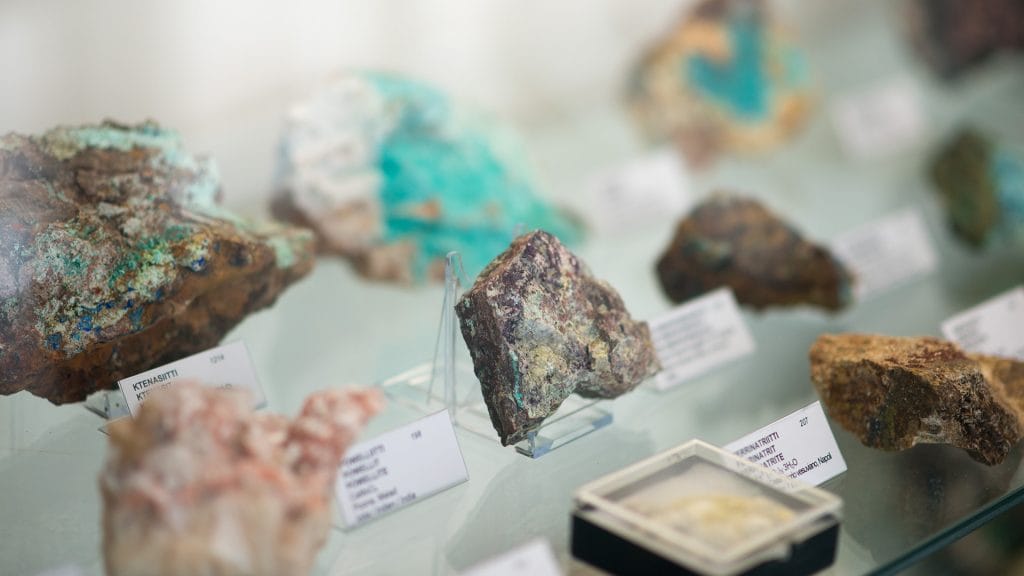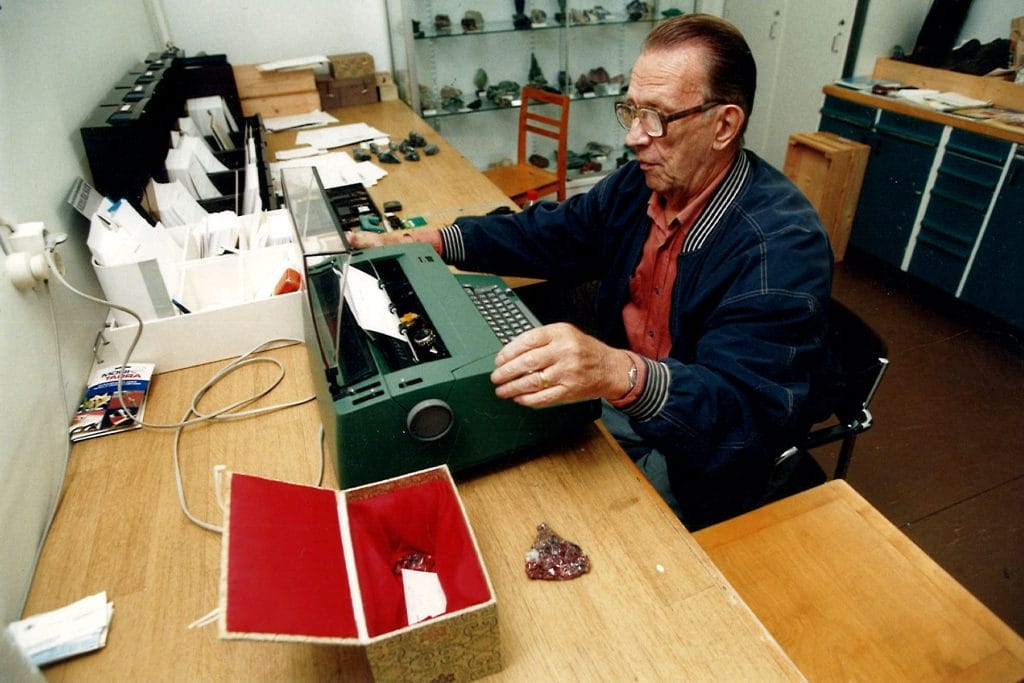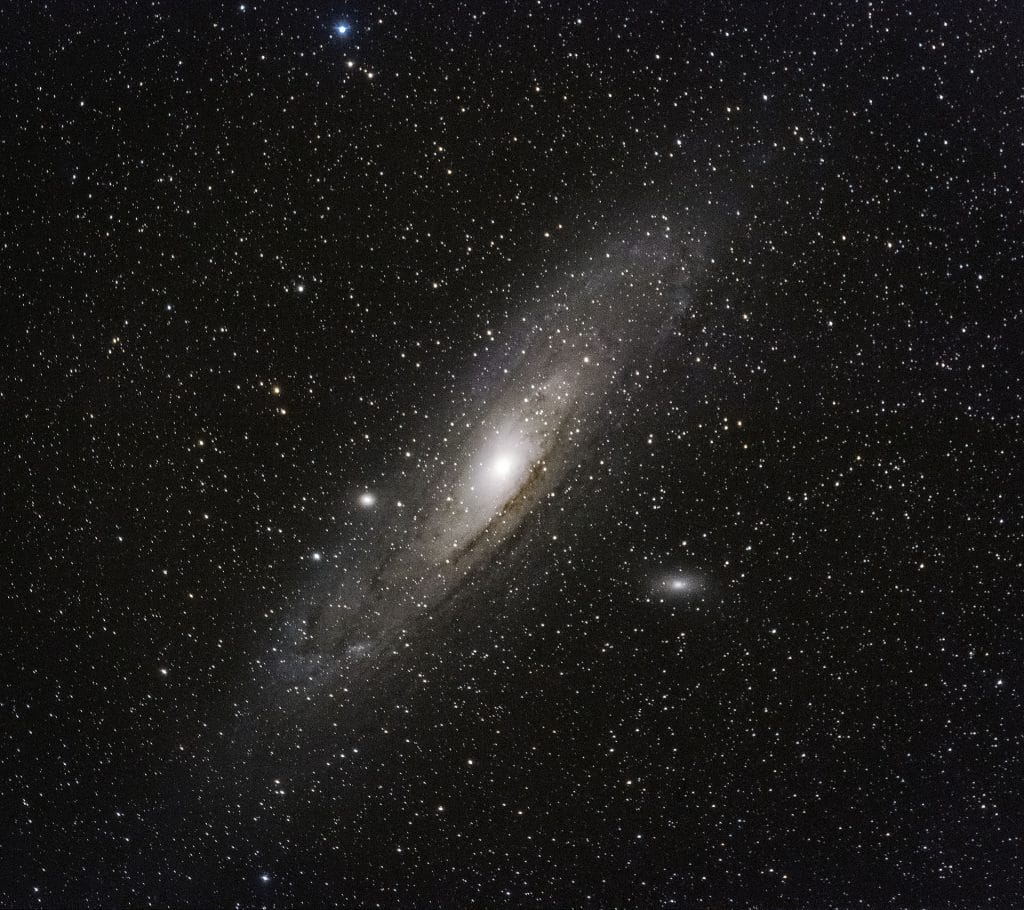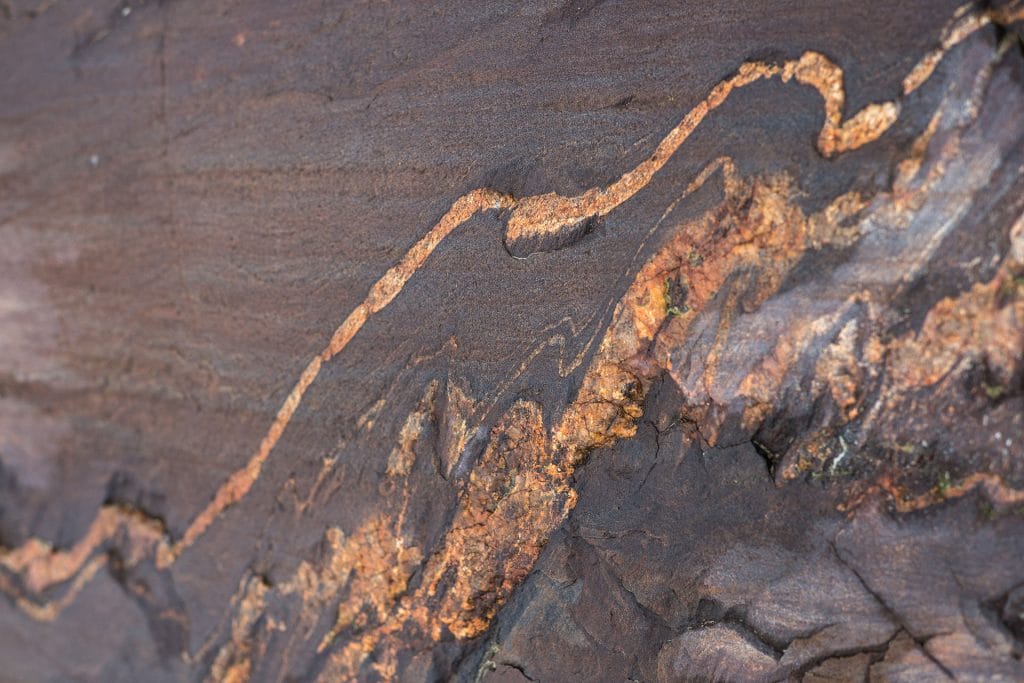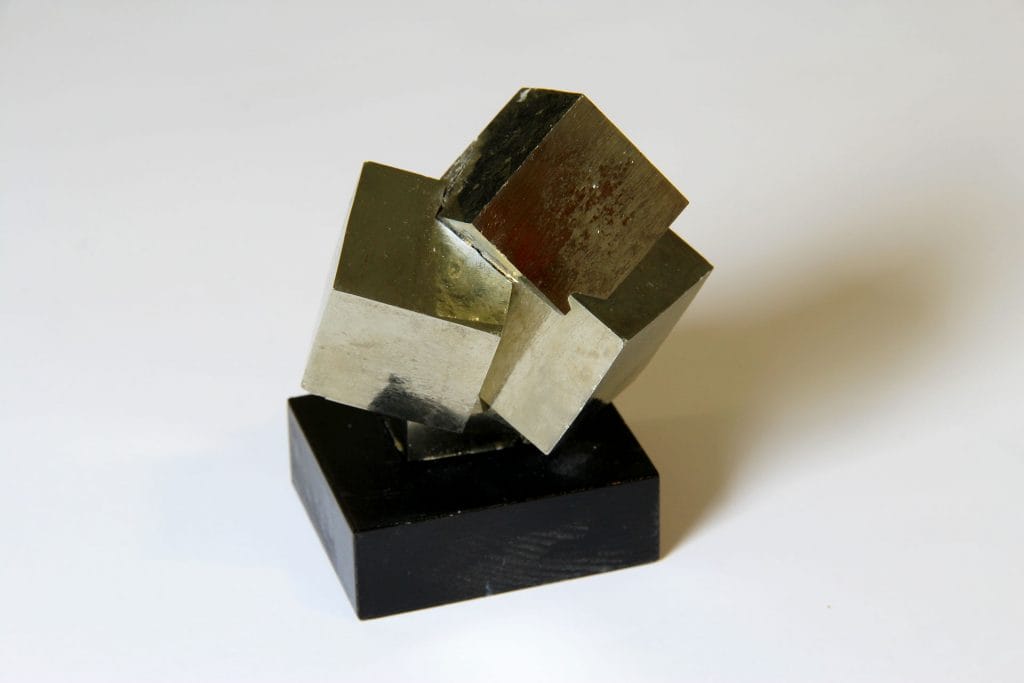The mineral collection displayed in Kieppi is collected by Kokkola-born Viljo Nissinen (1914–2000). He arranged the minerals according to their chemical composition. The disparity of minerals, caused by their origin, attracted Nissinen. The beauty and flawlessness of a specimen was important to him. Nissinen’s goal was to collect all the minerals found in the world. The collection consists of over 1500 mineral specimens with 2000 different minerals.
Minerals and elements illuminate the early development of the Universe. Visitors can also acquaint themselves with different rocks and their origin. The collection includes also the Siurua gneiss, which is 3,500 millions of years old, making it the oldest rock in Fennoscandia.
Approximately 670 different minerals have been found in Finland. The Finland section of the collection provides a good overview of the abundance of Finnish minerals. For example, an amethyst from Lampivaara, a tourmaline from Kuortane and a zircon from Siilinjärvi are on display. In addition, platinum minerals as well as stone and iron meteorites and minerals that contain radioactive materials are displayed in special showcases.
